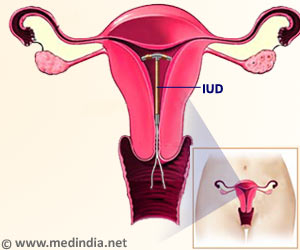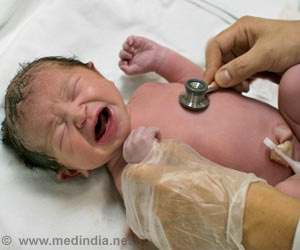A study showed Tuesday, births by Cesarean section in the United States reached an all-time high in 2007, when some 1.4 million babies, or 32 percent of births, were by C-section.
A study showed Tuesday, births by Cesarean section in the United States reached an all-time high in 2007, when some 1.4 million babies, or 32 percent of births, were by C-section.
The rate of Cesarean sections jumped by 53 percent between 1996 and 2007, and the number of births by C-section soared by 71 percent during the same period, the study released by the National Center for Health Statistics shows.In one year during the study period, 2006, Cesarean delivery was the most frequently performed surgical procedure in US hospitals.
The rate of Cesarean births -- in which the infant, placenta and membranes are extracted from the womb through an incision made in the abdominal and uterine walls -- rose for women in all age groups.
In the first five years covered by the study, 1996 - 2000, C-sections rose by single-digit percentages across all age groups, but between 2000 and 2007, the rate picked up significantly and rose by 33 percent across the board.
Women under the age of 25 saw the steepest rise, with C-sections rising by 57 percent between 2000 and 2007.
But older women were still the most likely to have babies by Cesarean section.
Advertisement
All racial and ethnic groups saw large increases in C-section rates, and Cesarean birth rates were up for all gestational ages, the study shows.
The US Cesarean birth rate is more than twice the 15 percent rate considered optimal by the World Health Organization.
Source-AFP
TRI








